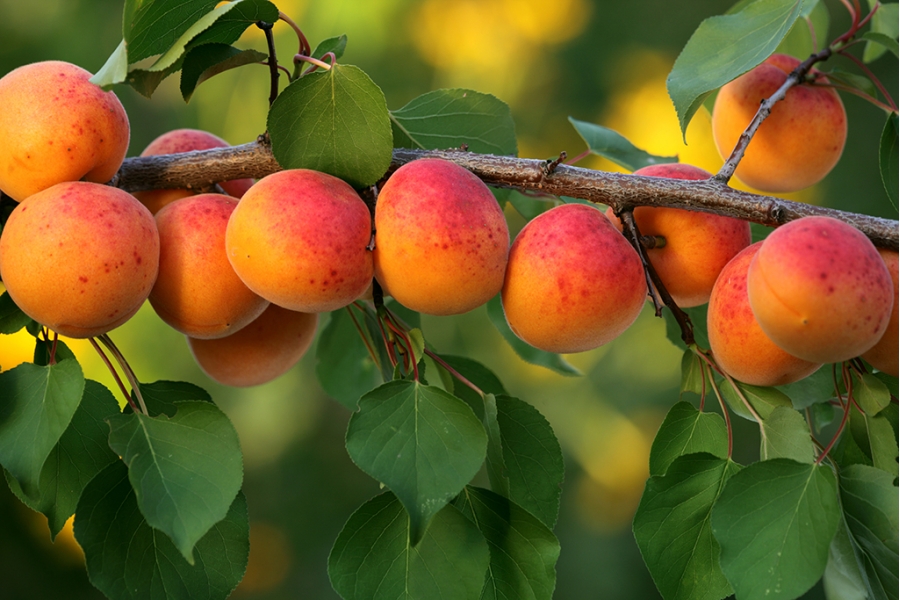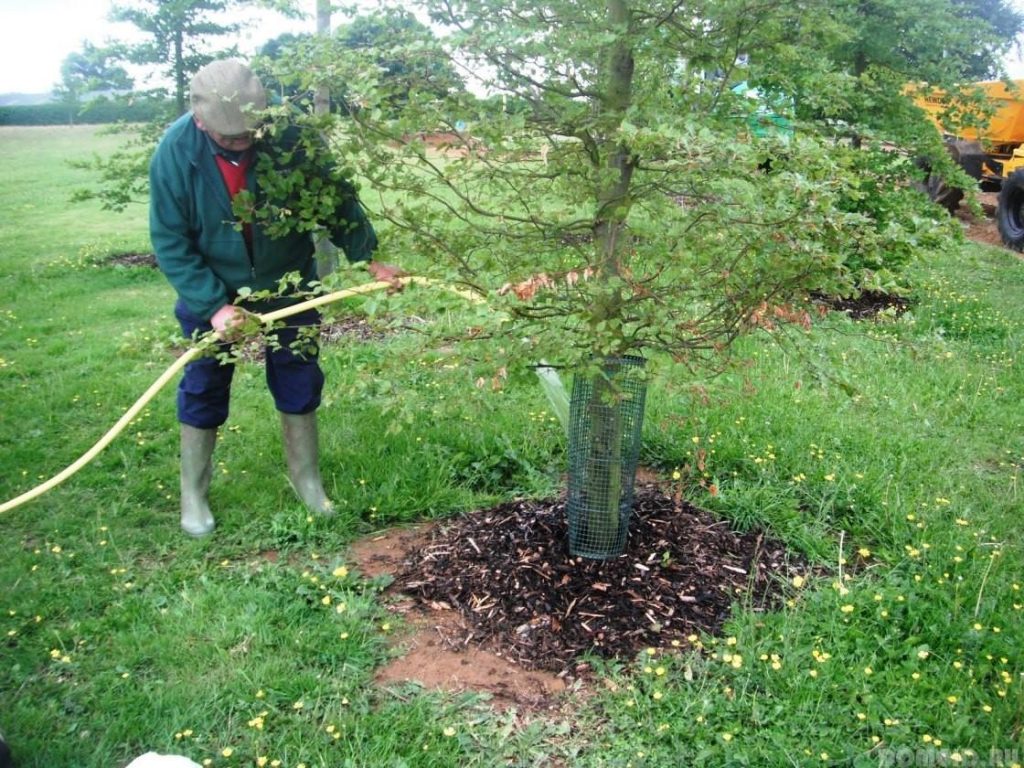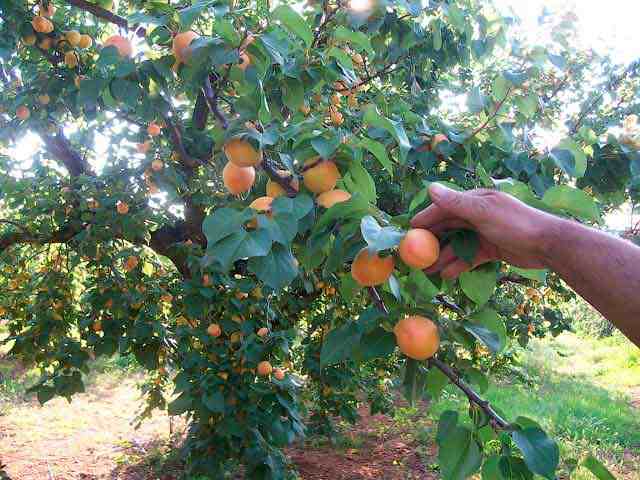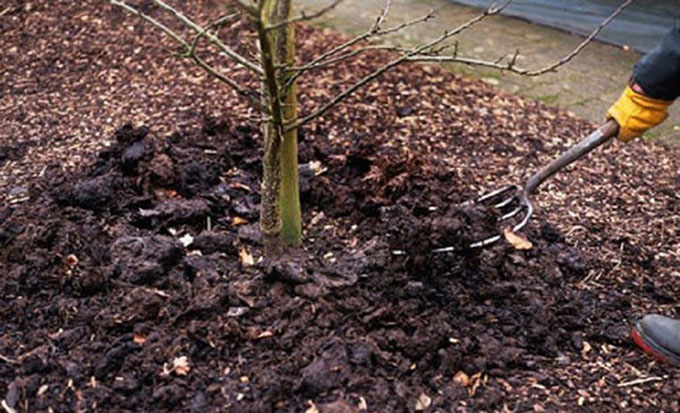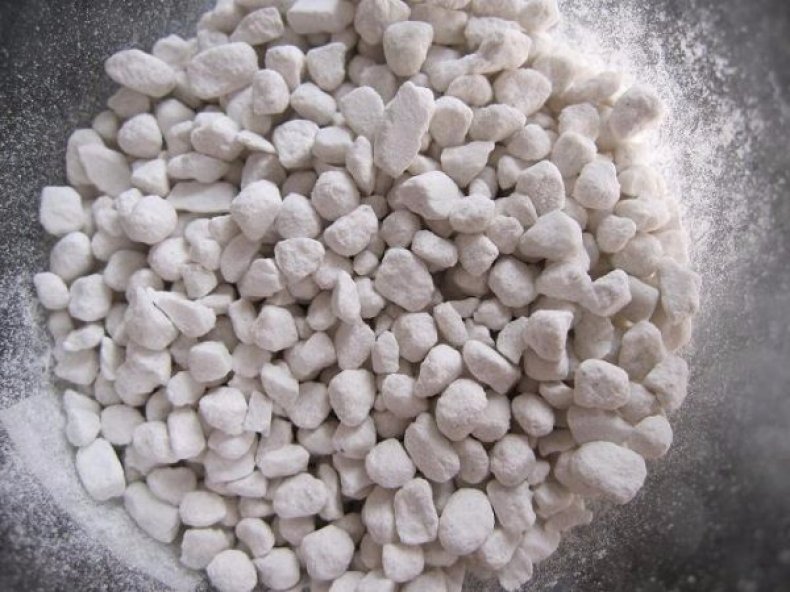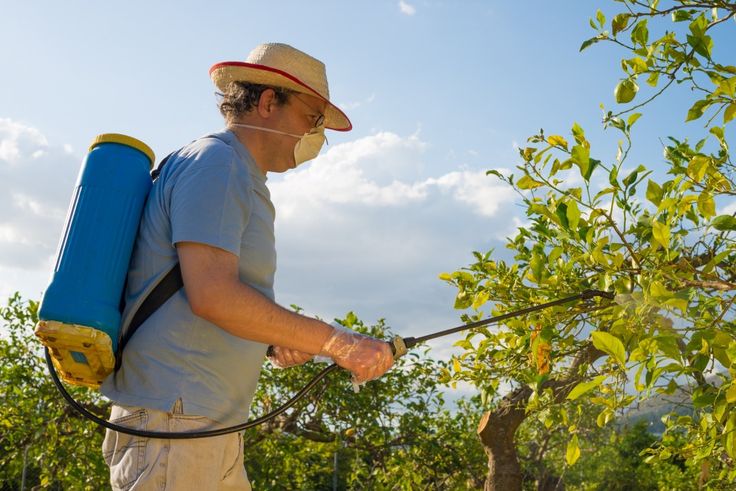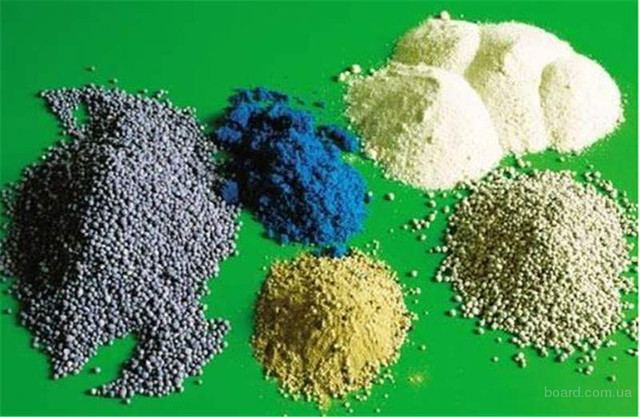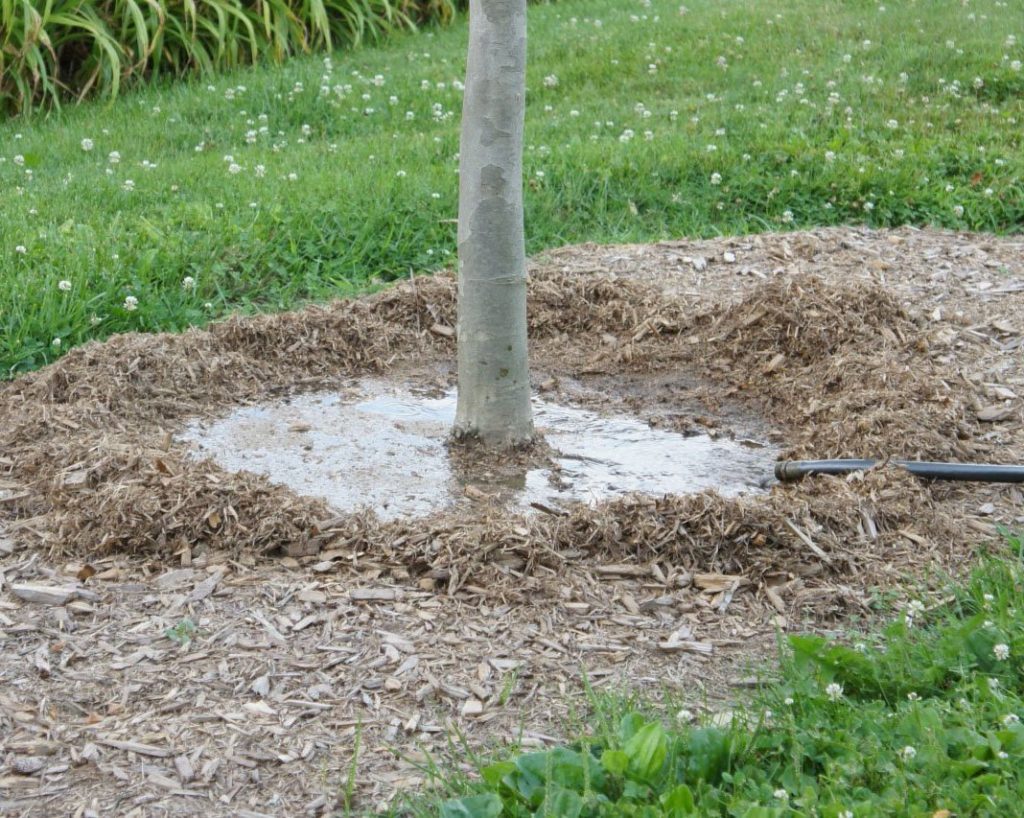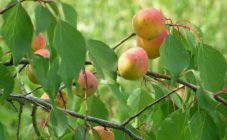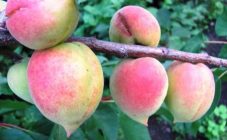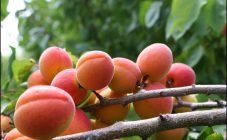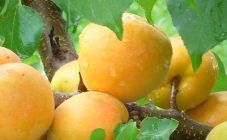Content:
- How to care and why fertilize an apricot
- Why is it necessary to fertilize apricots in spring
- Fertilizing apricot in the flowering stage
- Fertilizing apricot after flowering
- Features of carrying out irrigation works
- Summer apricot fertilization
- Recommendations for the selection of fertilizers
- Fertilizer to increase the amount of yield
- How to water properly in summer
Apricot is a fruit crop that requires proper adherence to cultivation techniques. Apricot trees are planted both in the central regions of Russia and in such remote areas as the Urals. Carrying out such a garden event as fertilizing an apricot tree in the spring season helps to increase the quantitative and qualitative indicator of yield. For introduction, both mineral complexes and organic matter are used. Fertilization is carried out in three approaches: after snowmelt, when the tree enters the flowering stage, after which the planting must be fed during the formation of the ovaries.
How to care and why fertilize an apricot
In the spring season, before sap flow begins, forming and sanitary pruning is carried out, during which all deformed, frozen and diseased branches and shoots are removed. The base of the leading branches and the standard part of the tree are painted with lime mortar.
The next necessary event is spring fertilization. The first fertilization, carried out in the same way as treatment, after planting a tree, is to apply a urea-based solution. Fertilization with urea is aimed at destroying pathogenic foci and parasitic insects that live under the bark or in the area of the near-trunk soil, as well as an additional source of nitrogen. However, if you do not have time to carry out this procedure before the buds begin to bloom, this can lead to their combustion.
Instead of spraying with a composition based on urea, prophylactic treatment is permissible, than fertilizing an apricot from insects with the following drugs:
- Iskra-bio;
- Healthy garden;
- Agravertine;
- Akarina.
Fertilization with any of the above compositions is carried out by applying to the near-stem area in a dry form. The calculation of fertilizers for one planting is 50 grams of ammonium nitrate and 70 grams of nitrogen-containing fertilizer. The second time organic matter is introduced into the soil. The frequency of application of organic fertilizers should not exceed once every two years.
If there is little snow in winter, and the spring season is dry, it is necessary to thoroughly water the tree.
If the summer season is dry, the apricot should be watered abundantly. If this procedure was missed in May, it must be done in June.
You can also treat the apricot tree against pests and diseases.
In summer, the apricot is harvested and processed. Since apricots that are not fully ripe will not be able to fully ripen, their collection must be timely. Fruit harvesting begins from the lower tier of the branches.
After the end of the harvest, which is at the end of summer, the apricot must be well watered. This is a sub-winter watering of the apricot, carried out for the last time in the season.
Autumn agrotechnical care measures are aimed at preparing the tree for the winter season. First of all, sanitary pruning is carried out, which consists in the removal of all injured, dried out and deformed branches and stems due to diseases.
Why is it necessary to fertilize apricots in spring
With the onset of the spring season, the plants enter the vegetation stage - this is precisely what determines the need to enrich the soil with minerals, which is why it is recommended to feed the apricot.
The apricot tree needs the following components:
- nitrogen;
- phosphorus;
- potassium.
Fertilization in the spring is necessary for:
- enrichment of the soil composition with useful substances;
- accelerating tree growth;
- increasing disease resistance;
- increasing the quantitative indicator of productivity.
The active absorption of mineral components by the plant leads to depletion of the soil. Deficiency of minerals leads to the fact that the ovaries begin to crumble, as well as to deformation and blanching of the leaves. The tree becomes less resistant to diseases and insect pests, grows more slowly and bears less fruit.
Also, the apricot must be watered. Proper watering of the plant will help accelerate tree growth and improve yield quality. Lack of water in the soil will lead to wilting of foliage, stopping the life of the plant, and too low growth of the tree. Due to an excess of moisture, the oxygen content in the soil decreases, as a result of which the root system decays. Insufficient irrigation in spring leads to crushing of the apricot fruit, loss of palatability and shrinkage of the fruit before its ripening.
Fertilizing apricot in the flowering stage
Applying apricot dressing in spring during flowering is aimed at stimulating the formation of ovaries, which occurs before the apricot begins to bloom. These events are carried out in May - the exact time depends on the location of the growing region, where the time when the ovary is formed, which turns into a white-pink flower, can vary from late April to mid-May.
In the spring, when the tree is about to bloom, the same fertilizers are applied as during the first treatment. Minerals can be replaced with organics. Dilute 0.5 liters of chicken manure in a 10-liter bucket of water. The prepared mixture is used for watering the near-trunk area.
After 5 days, a liter of ash is introduced into the moistened soil - the addition of this component is aimed at preventing soil acidification.
Fertilizing apricot after flowering
The necessary dressing of the apricot after flowering is introduced in order to properly form the fruits, as well as to ensure that fruiting is abundant. Tillage consists in the introduction of a complex solution based on potassium and phosphorus.
To make the composition of watering the apricot after flowering, which should fertilize the planting, it is necessary to add to a 10-liter bucket of water:
- 2 tablespoons of potassium sulfate;
- 2 tablespoons of superphosphate;
- 3 tablespoons of carbamide.
The prepared fertilizer must be applied to the near-stem area. A week later, wood ash is introduced into the ground.
Features of carrying out irrigation works
There is a list of factors that determine how often you need to water the apricot in the summer:
- plant age;
- deep level of water penetration;
- weather conditions;
- growing season.
If the soil is sufficiently moist, the tree has good resistance to high temperature conditions. Each young apricot planting needs frequent watering.
Summer apricot fertilization
Summer feeding is carried out by foliar feeding. For this purpose, nitrogen-containing compositions are used. You can also spray the leaves with a solution containing a large amount of nitrogen. In July, complex mineral compositions are introduced, in August - organic ones.
Recommendations for the selection of fertilizers
If the tree is susceptible to ovary dropping, the cause is an excess nitrogen content in the soil. In the stage of ovary formation, fertilizers should be used, which are based on potassium and phosphorus.
For the manufacture of the mineral composition, you must:
- take a bucket filled with water with a volume of 10 liters;
- add 30 grams of superphosphate;
- add 30 grams of potassium sulfate.
The prepared composition is used for root watering of a tree. Add wood ash before watering.
Fertilizer to increase the amount of yield
To increase the quantitative indicator of yield, a mineral complex is introduced into the soil composition, which will provide the plant with all the necessary substances.
The composition of the solution to increase the amount of yield includes the following components:
- urea (10 grams);
- potassium sulfate (5 grams);
- superphosphate (22 grams);
- water (10 liters).
Organic fertilizers also have a positive effect on the quality indicator of the yield. Wood ash or compost is used as organic matter.
Processing is carried out using a 1% solution of boric acid, diluted in warm water, by spraying during the formation of buds and at the stage of blooming. The required concentration is regulated by adding water at room temperature to the solution.
How to water properly in summer
It is possible to carry out irrigation measures for the soil in the garden in summer, the beginning of the season of which is June, in one of the existing ways:
- furrow method;
- hole;
- drip;
- feigned.
The furrow method involves the creation of deepened furrows between all rows of apricot plantings. When carrying out irrigation work, a hose with water is placed in the furrow, turned on under a slight pressure. If sufficient water cannot flow through the furrows, the hose should be moved to dry areas from time to time. Watering in this way is possible with buckets.
Hole irrigation consists in forming a depression in the circumference of the barrel. Since older trees need more water, older trees should have a deeper hole. It is necessary to dig out depressions, avoiding deformation of the root system.
Many experienced gardeners prefer to make holes of great depth around the circumference of the trunk, using scrap metal, into which fertilizers are poured, on top of which water is poured in portions as it is absorbed.
Drip irrigation is considered to be the most convenient in terms of time. This method consists in placing plastic or metal pipes with irrigation drippers (the standard scheme of this device implies their location along the entire length of the pipe). Water supply is carried out under pressure or by gravity.
The advantage of drip irrigation is savings in water consumption, uniformity of soil irrigation, as well as the absence of erosion on the soil surface.
The flooding method involves flooding the entire area occupied by the apricot orchard. Flood watering is considered the least perfect of all existing ones, but it is most often used in practice by many gardeners. A large supply of water does not guarantee that the water will reach deep soil layers. With such irrigation, moisture is absorbed by the surface layers of the soil, due to which it collapses and acquires a denser structure. Thus, the access of oxygen to the buried soil layers becomes difficult, which leads to a deterioration in the living conditions of the microflora inhabiting the earth. All this negatively affects the supply of minerals to the tree.
Another drawback that you need to be aware of before watering the apricot with the filling method is the unevenness of moisture: some areas turn out to be waterlogged and swampy, while others are drained.
The application of fertilizers for the apricot tree is necessary to increase the qualitative and quantitative indicators of yield. The choice of fertilizer, how to feed the apricot in spring, depends on the growing stage and the age of planting. When using mineral or organic substances as a component of the enrichment composition, the required dosage must be observed. Also, do not forget about the precautions when working with chemical components.
